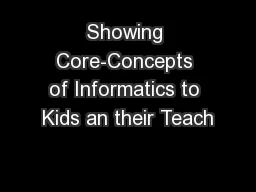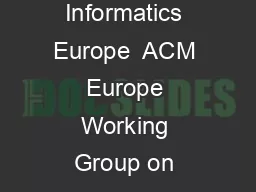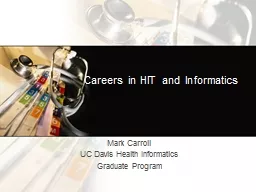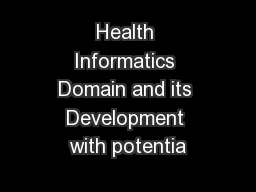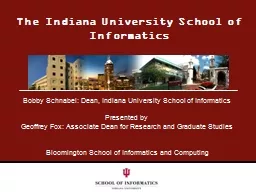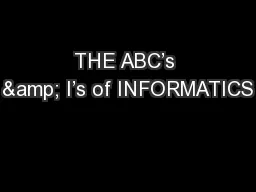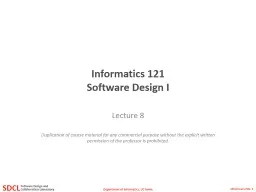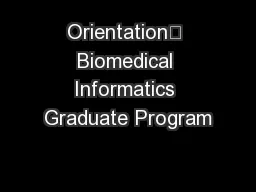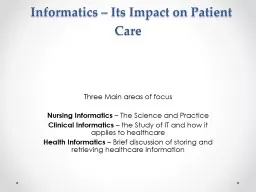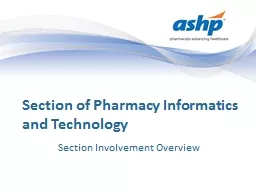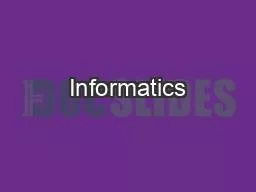PPT-Showing Core-Concepts of Informatics to Kids an their Teach
Author : pamella-moone | Published Date : 2016-03-13
Roland Mittermeir Ernestine Bischof Karin Hodnigg Institut für InformatikSysteme Universität Klagenfurt Universitätsstraße 6567 A9020 Klagenfurt Initial situation
Presentation Embed Code
Download Presentation
Download Presentation The PPT/PDF document "Showing Core-Concepts of Informatics to ..." is the property of its rightful owner. Permission is granted to download and print the materials on this website for personal, non-commercial use only, and to display it on your personal computer provided you do not modify the materials and that you retain all copyright notices contained in the materials. By downloading content from our website, you accept the terms of this agreement.
Showing Core-Concepts of Informatics to Kids an their Teach: Transcript
Download Rules Of Document
"Showing Core-Concepts of Informatics to Kids an their Teach"The content belongs to its owner. You may download and print it for personal use, without modification, and keep all copyright notices. By downloading, you agree to these terms.
Related Documents

